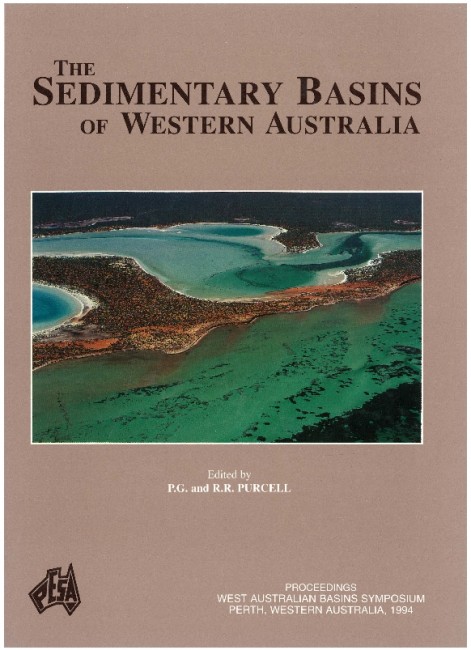Publication Name: The Sedimentary Basins of WA
Authors: Paul Lipski
Publication Volume: 1
Date Published: July 1994
Number of Pages: 20
Reference Type: Book Section
Abstract:
The Bedout and Rowley sub-basins are Mesozoic sub-basins that occupy the central North West Shelf between the Carnarvon and Browse basins. To the southeast, the sub-basins onlap the older Pilbara Shelf, Canning Basinsequence and Leveque Platform. The Bed out and Rowley sub-basins are separated by the Bedout High trend,
which is partially volcanic in nature. To the southwest, the sub-basins are separated from the Beagle Sub-basin
by the North Turtle Hinge Zone. To the northeast, the Rowley Sub-basin is separated from the Browse Basin
by the northwest-trending Leveque Ridge. The northwestern margin of the Offshore Canning Basin region is defined by the present-day continental slope.
? During the Triassic, the Bedout and Rowley sub-basins were part of a broad intracratonic downwarp that also encompassed the Carnarvon and Browse basins. A thick sequence of marine claystones, equivalent to the Locker Shale, was deposited and overlain by a thick fluviatile to marginal marine sequence equivalent to the Mungaroo Formation.
? During the Jurassic pre-breakup phase, the Bed out and Rowley sub-basins were subsiding depocentres, but deep marine troughs similar to the Lewis, Cossigny and Beagle troughs did not develop. This was due to relatively gentle pre-breakup structuring in the offshore Canning Basin area. Sedimentation in both sub-basins was dominated by a thick sequence of fluvio-deltaic to marginal marine deposits, equivalent to the Legendre
Formation of the northeastern Carnarvon Basin.
? In the post-breakup phase, from the Callovian to latest Cretaceous, a transgressive regime resulted in open marine conditions with widespread claystone, marl and minor carbonate deposition. Delta sands and turbidites, similar to those found in the Carnarvon Basin Neocomian sequence, are also found in the Bedout and Rowley sub-basins. Through the Tertiary to the present, shallow shelf conditions prevailed and sedimentation was dominated by a thick carbonate wedge.


